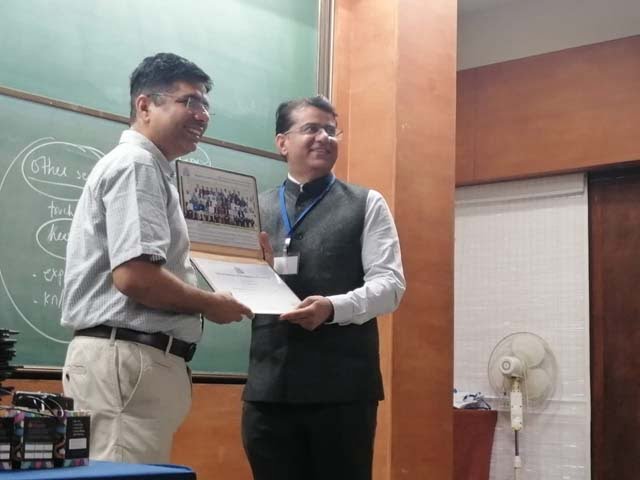Summer Sickness: How Contaminated Food and Drinks Can Make You Sick
Reading Time: 3 minutes Spread the love Summer Sickness: How Contaminated Food and Drinks Can Make You Sick. Summer brings sunshine and joy, but it also…
Dr AvinashTank, is a super-specialist (MCh) Laparoscopic Gastro-intestinal Surgeon,
Choledochal Cyst is a congenital (present at birth) defect where the bile ducts (tubes that carry bile from liver to intestines) are dilated and wider than usual. These cysts may be intra-hepatic (bile ducts inside the liver) or extra-hepatic (outside the liver). Based upon there location and size, there are classified in 5 types.

As theses are congenital (since birth), so its believed that due to abnormal connection between the pancreatic and bile ducts, leading to reflux of pancreatic juice into the biliary tract. There is no known risk factor that might cause it.
In infants, choledochal cysts usually lead to obstruction of the bile ducts and retention of bile. This leads to jaundice and an enlarged liver. In older individuals, choledochal cysts are more likely to cause abdominal pain and intermittent episodes of jaundice and occasionally cholangitis (inflammation within the bile ducts caused by the spread of bacteria from the intestine into the bile ducts). Pancreatitis also may occur. In some person, they may have dilated bileduct on ultrasound, but it may be ignored at the time of treatment of gall-bladder stones. Dilated bileduct is leads to stasis of bile, thus invite stone formation in bile-duct. So these people are likely to suffer from complications like jaundice, Cholangitis, pancreatitis etc.
Blood test (LFT: Liver function test), USG are commonly used test for diagnosis. MRCP (MRI of liver) help to define the type of choledochal cyst.
If left untreated, there is a risk of repeated infection in the cyst and bile duct cancer in them. The incidence of cancer (bile duct, hepatic, or gallbladder in origin) in the choledochal cyst ranges from 2.5% to 26%, which is well above the rate of less than 1% for the general population. Many patients have biliary cancer at the time of initial presentation. In infants, If the obstruction is not relieved, permanent damage may occur to the liver - scarring and cirrhosis - with the signs of portal hypertension (obstruction to the flow of blood through the liver) and ascites (fluid accumulation in the abdomen).
The most-effective treatment is surgery. After excision of the cyst, they are directly connected to the intestine (Hepatico-jejunostomy) to allow direct flow of bile into the intestine. In few cases, part of the liver may have to be removed for removing the cysts (hepatectomy).

Experience
Award & Presentations
Satisfied Families
Successful Surgeries
Reading Time: 3 minutes Spread the love Summer Sickness: How Contaminated Food and Drinks Can Make You Sick. Summer brings sunshine and joy, but it also…
Reading Time: 2 minutes Spread the love Celebrities underwent Gallbladder Stone Surgery. While celebrities may seem to live charmed lives, they’re just as susceptible to everyday…
Reading Time: 5 minutes Spread the love Mahavir Jayanti 2024: Life Story & Learning’s of Lord Mahavir भगवान महावीर कौन थे? जैन धर्म के चौबीसवें और…
Lorem Ipsum is simply dummy text of the printing and typesetting industry. Lorem Ipsum has been the industry's standard dummy text ever since the 1500s, when an unknown printer took a galley of type and scrambled it to make a type specimen book. It has survived not only five centuries, but also the leap into electronic typesetting, remaining essentially unchanged.
